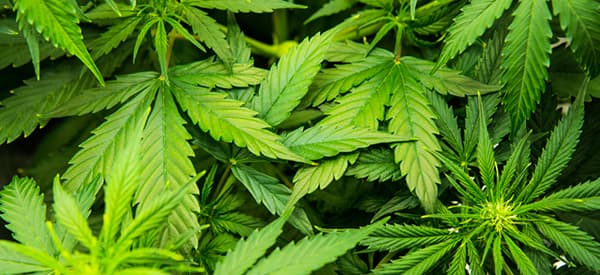
Hemp
Hemp (Cannabis sativa) is a species of the controversial Cannabis genus. The plant comes with cultural baggage and complicated debate within communities.
Hemp farming is mainly intended for its fiber production. It has long been used in traditional medicine for treating a plethora of body ailments. In the past, hemp was beneficial for industrial and food-related use. However, it was also embroiled in legality issues despite its promising medicinal repertories until 2018. It is now legally grown across the States but is still subjected to restrictive regulations by governing authorities.
Hemp and marijuana are sometimes used synonymously as Cannabis. Taxonomically speaking, they are similar as they belong to the same species with similar characteristics. But their chemistry differs such that hemp contains a low level of an intoxicating chemical called delta-9 tetrahydrocannabinol (THC). Plants that contain more than 0.3% THC are considered highly intoxicating, for which marijuana is known. Hemp is also the Cannabis variety from which CBD oil is derived.
The medical use of cannabis dates back to 2800 BC when it was first used by the Father of Chinese Medicine, Emperor Shen Nung. It entered the Western medicine practice due to its many therapeutic uses where it was eventually used for recreational purposes. In 1936, cannabis, including hemp, was considered a highly addictive drug. That is why restrictions on its use were placed. However, continuous studies over the years encouraged some countries to reconsider the legality of hemp cultivation for industrial use.
Where Can I Find Cannabis
Hemp is native to central Asia, specifically in Western China. Its cultivation has a legal roadblock; it is not a plant you can see anywhere. Countries that allowed its cultivation still enforce restrictions such as the number of plants one can grow indoors at a time. It may also restrict the age of a person who can grow a pot.
Across the world, it is found in countries like China, Colombia, Romania, Ecuador, Lithuania, and Germany. In the United States, the industrial cultivation of hemp was made legal in 2018 under the USDA Farm Bill. Presently, several states allow growing it for recreational use, subject to state permits. As of 2020, 11 states legally cultivate hemp, according to the Hemp Foundation: Alaska, California, Colorado, Illinois, Maine, Massachusetts, Michigan, Nevada, Vermont, Washington, Oregon.
How To Identify Hemp
Hemp is the Cannabis species that does not grow into a bushy shrub. Instead, it has long and skinny stalks and grows close together when planted. The distinguishing characteristic that is shared with other Cannabis species is its signature palmate leaves.
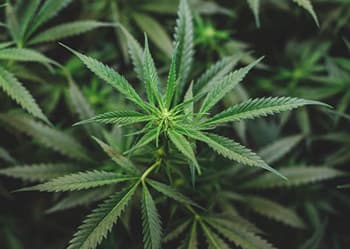
Leaves. It has palmately compound leaves divided into 3 to 7 leaflets, which resemble the palm of the hands. They are green with a continuous margin, no indentations and are edged with teeth. Each leaf can grow to about 10 inches long and wide.
The leaf blades are lance-shaped, linear, and with uniform colors.
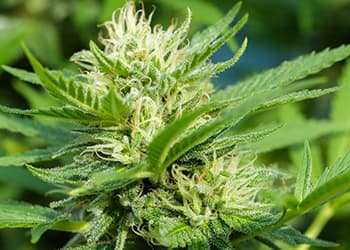 Flowers. Small and greenish-white flowers dot the hemp plant during its blooming stage in mid-summer or early fall. They are irregularly shaped with sizes no more than an inch. They grow in raceme inflorescence or clusters that are close to the stem.
Flowers. Small and greenish-white flowers dot the hemp plant during its blooming stage in mid-summer or early fall. They are irregularly shaped with sizes no more than an inch. They grow in raceme inflorescence or clusters that are close to the stem.
Fruits and Seeds. Its fruits are dry. It does not split open when ripe. They are round to oval with a yellowish-brown color. Hemp seeds are also tiny, with a round to ellipsoid shape.
Roots. It has a taproot system with a fine root diameter that can grow to about 200 cm deep.
Stem. Hemp is an herbaceous annual plant with hollow stems. It can reach about 2 m high and is covered with plain hairs. The stem has strong and flexible fibers useful for many industrial uses.
Cannabis sativa is a member of the Cannabaceae family. It is commonly known by names like hemp, grass, hashish, marijuana, Mary Jane, or pot.
Hemp is the narrow-leaf variety of Cannabis containing less than 0.3% THC and is cultivated for both drug and non-drug use. It has three main species known as:
- Cannabis sativa is cultivated for industrial use (clothing, textile, etc.)
- Cannabis indica for drug and recreation
- Cannabis ruderalis or the auto-flowering cannabis that produces flowers based on its age
Disclaimer: This content is intended for educational and informational purposes only. Hemp growing is legalized in many states, but it is advisable to check with local authorities if planning to grow a pot. There might be specific restrictions limiting its legality to decriminalize hemp indoor growing. Nor is this content intending medical advice or replacing medical treatment and advice of qualified health professionals.
How To Harvest Hemp
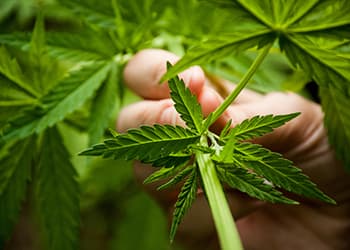
The timing for harvesting hemp depends on the purpose: for fiber, oil, or seeds.
Fibers are harvested when there is a maximum volume of stalks. Harvest the stem before the flower buds start to emerge.
Gather the stems by cutting them about 10 cm off the ground and dry them thoroughly after harvesting.
The flowerheads contain the bulk of cannabinoids where oil is extracted. Thus, the ideal time for harvesting hemp is when the buds have matured. The crop is often hand-picked which allows gatherers to separate flowerheads with molds and mildews.
Seeds are ready for harvest when the seed heads begin to turn gray. When harvesting the crop for seeds, it is often necessary to submit samples to accredited hemp testing laboratories. They will check for THC compliance and possible harmful contaminants of the plant.
What Hemp Is Good For And Natural Remedies Made From It
The popularity of cannabidiol (CBD) use is growing over the years. CBD generally comes from hemp and is used for a variety of mental and physical illnesses.
One of the broad range of uses, and perhaps the most common reason for taking CBD, is in treating mood disorders. Hemp strain provides an uplifting and energetic high effect that fights depression and anxiety. The cannabinoid content is non-psychoactive, meaning it can cure mood disorders without causing too much euphoria. It only alters the brain’s function to change its perception, mood, and awareness.
Hemp may also provide neuroprotection against degenerative diseases like Parkinson’s and Alzheimer’s diseases.
The seed is beneficial for promoting cardiovascular health. It helps in the healthy balance of the cholesterol level and fatty acids in the body. Thus, it promotes heart health and prevents many debilitating illnesses.
CBD is a popular liniment for people with joint and muscle pains. The topical application of CBD helps relieve pain and inflammation and treats peripheral neuropathy or nerve damage.
Topically, hemp oil can also cure inflammatory skin conditions with its anti-inflammatory and anti-aging properties.
CBD oil is often used for relieving the side effects of chemotherapy. Although not as effective as THC (Taxocetere, Herceptin, Carboplatin), CBD can relieve nausea and vomiting after the procedure.
With its ability to develop muscle mass, hemp seed is sometimes used to tone the muscles after a workout. It contains 8 amino acids reinforcing the new tissue development that improves muscle density.
Some studies explore the possibility of CBD in addiction management and treatment. It explores the ability of CBD to lower cue-inducing cravings in people with heroin use disorder.
The medicinal uses of hemp hold promising results not limited to the following:
- Improving cardiovascular health
- Prevention of cancer and its metastasis
 Hormonal imbalance
Hormonal imbalance- Brain health
- Muscle and joint pains
- Skin problems
- Weight loss
- Anemia
- Reinforcing workouts and bodybuilding goals
- Digestive health
- Immune health
- Diabetes
- Addiction management
- Epilepsy, spasms, and other seizure disorders
- Postpartum issues
What Parts Of Hemp Are Used For Remedies?
All parts of the plant were traditionally used for herbal treatment and food use. Presently, the dried and flowering parts and its seeds are used for remedies. Hemp seeds are sometimes consumed as protein powders and used as smoothies.
It is not uncommon to find products that contain hemp as its ingredient. It is available in many forms and the most popular of them is CBD oil. Other forms available include: capsules, creams, and salves, edibles like gummies, drinks etc.
Homemade CBD Oil
Materials
- Double boiler or slow cooker
- Cheesecloth

- Glass bowl
- Mason jar with lid
- Probe thermometer
Ingredients
- 7 to 10 grams of loosely decarboxylated hemp
- 8 fl oz carrier oil of choice (e.g. coconut, olive)
- A few more grams of raw hemp
Steps
- Decarboxylate the hemp by chopping and heating it in the oven at 250⁰F for 50 to 60 minutes. Stir the herb constantly to avoid overheating it.
- Add water to the bottom of the double boiler. Add 1 cup of carrier oil of choice to the top section and heat until melted.

- Stir in the decarboxylated hemp into the oil, adding a few more of the raw herb if desired.
- Stir the mixture occasionally to infuse at a temperature below 200⁰F for about 30 to 60 minutes.
- Strain the hemp oil while still hot and transfer it to a storage container once cool.

How to use this remedy
This hemp-infused oil will last for up to a year when stored in a cool and dark location. You can use it as a liniment or topical salve for aching joints. It is also an excellent topical for many skin problems.

Although this recipe is edible, its potency and dosing are not identified. Do not ingest it without seeking the advice of a qualified health professional.
What Plants Resemble Hemp
| Features | Hemp (Cannabis sativa L.) | Kenaf (Hibiscus cannabinus) | Japanese Maple Tree (Acer palmatum) |
|---|---|---|---|
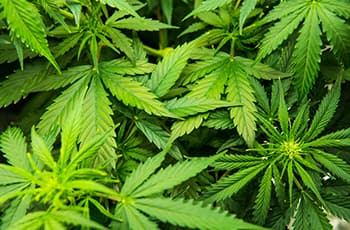 | 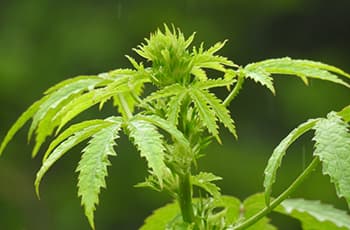 | 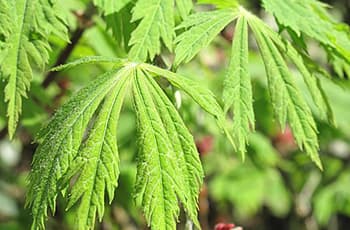 | |
| Size | 2 meters | 3.5 m | 6-10 m |
| Leaves | Green; palmate; lanced-shaped; serrated | Cannabis-like; 7 leaflets | Cannabis-shaped; dark green/dark red |
| Flowers | Greenish-white; cluster; small | White/yellow/purple poppy flowers | Red/purple sepals; white petals; small |
| Fruits/Seeds | Round to oval; yellowish brown | Ovoid fruits; black wedge-shaped seeds | Winged nutlet; green to red |
| Stem | Erect; hollow | Tall; erect | Woody tree |
| Scent | Pleasing, earthy; bright notes | Unpleasant | Sweet |
Warnings And Cautions
The safety of hemp for pregnant and breastfeeding women is not yet established. For safety purposes, women in this group should avoid using it and its products.
The seeds are not recommended for children.
People with an allergy to cannabis should avoid using hemp and its derivative products.
Hemp protein may lower blood pressure and should not be taken two weeks before a scheduled surgery.
Hemp has a moderate interaction with estrogen and blood pressure medications (ACE inhibitors and antihypertensive). It also has mild interaction with blood-clotting drugs.
To safely use hemp and CBD products, seek medical advice from health professionals on the proper dosing and potential side effects.
Similar to Morphine: The Best Natural Painkiller that Grows in Your Backyard (Video)








 Hormonal imbalance
Hormonal imbalance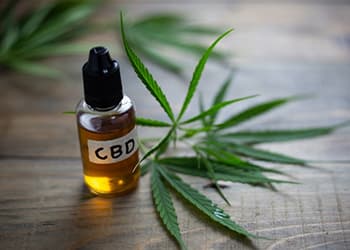
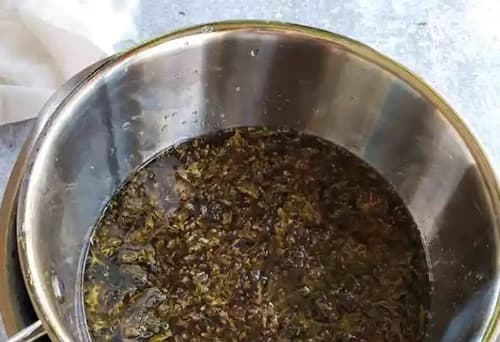
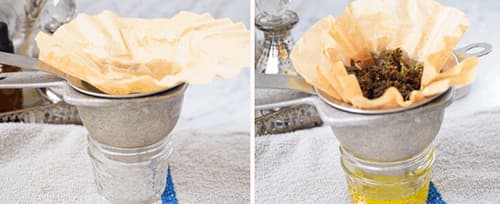
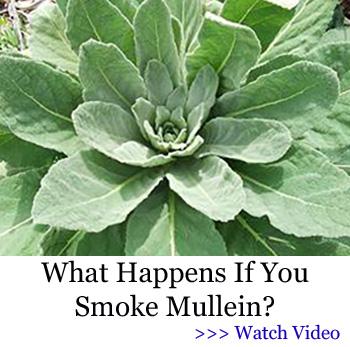
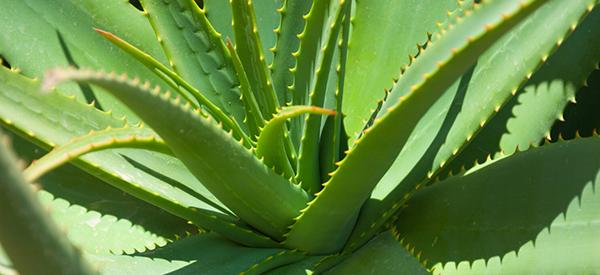

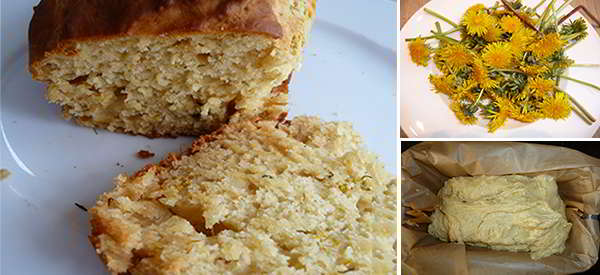
I have no issues with hemp or other cannabinoids, except that I’m one of the few people with a virulent allergy to everything in that family of plants. I can’t use hemp toilet paper or write on hemp paper, or carry a hemp handbag or stand on a hemp mat. It’s frustrating, because it’s a wonderful alternative to papers made from wood! Marijuana is a great remedy for so many medical conditions, though I can’t be near it because I really do enjoy breathing, which my body refuses to do when those fumes are in the air. So, when people are smoking, vaping, or otherwise imbibing, I stand upwind and far away, and I avoid hemp products as much as possible, though I absolutely encourage others to use them when they can. Whatever controversy has surrounded the plant means nothing to me, and I wish others would make their own decisions about such things without trying to impose them on others.
Since we humans make anandamine which is a hormone that instills feelings of well-being, and since THC exactly has the same chemistry as that hormone, your allergic reactions need to be evaluated in order to stop such responses by your body. You might find a homeopath to work with you in order to stop what has to be something that no human ought to react to negatively. I commend you on your recognition of the value of the plant, and I would love to see you able to enjoy its benefits which are so healing to the planet and most people.
Wow, that is so sad. Cannabis or hemp allergy unfortunately does occur. After all, hemp and cannabis are a plant. Many people have weed and plant allergy. I thought I was allergic as I would sneeze and get a stuffy nose when I first tried it. It did resolve over about 3 months with slow upward titration of dosage. Thank you for this informative post.
Marijuana is addictive even though some people say that it is not. My ex-wife was addicted to it and could not wake up, live all day or sleep without doing a joint. She had to be stoned all the time or there was hell to pay. It kept her demons away. It ruins people’s lives. Like cigarettes or almost any strong addiction, pot burns your money up and will keep you in poverty.
CBD Oil and cannabinoids in general are amazing…”smoking” THC regularly without looking deeper into the emotional causes of numbing out will definitely ruin someone’s life. Our bodies actually naturally produce endogenous cannabinoid. To learn more check this article out:https://carolinabiscompany.com/the-human-body-produces-cannabinoids-naturally/
People have to be open to look at their past traumas or do brain training to build different neuropathways and let go of old programs. A great book for changing your energy is : https://drjoedispenza.com/collections/the-foundation-collection?utm_source=website&utm_medium=slider&utm_campaign=Shop+Page+S1+-+Foundation+Collection…However, a person needs to recognize they want change bad enough to make better choices and get help. If she doesn’t want to change then you will have to accept her right where she is. Although you use the word “had” as if you are no longer with her.
Tom, I can’t say whether it is addictive or not, but it seems to be the vehicle of choice for your wife “to keep her demons away”. Obviously, your wife has suffered previous trauma. Rather than dealing with it, she has chosen to try to bury it. Cannabis isn’t to blame for what has happened to her, just like alcohol isn’t to blame for many destroyed lives. These are just what people are using to escape from the reality they have experienced. As hard as it may be, people need to face the original cause in order to recover.
Being that there has never been a cannabis overdose death in history, I take exception that alcohol is not to blame for ruined lives. That point said, it is true that patients frequently use antidepressants, benzodiazepines, cannabis , alcohol, food and other things to avoid the psychic work needed to heal past trauma. It’s interesting to see the Hopkins studies with Psyllocybin mushrooms and ketamine that have shown promise in treating difficult depression and PTSD syndromes.
Tom Cool
It could be said that life is addictive and we are all addicts.
Are you speaking from experience or judgement? Did Marijuana do that to you or did you do what you wanted and blame it on the plant. It seems to be a human condition to find something to blame for perceived adverse situations. The thing about the plant is it stays in the ground until someone decides to pick it and use it, however it is used.
What happened to free will and self control; Self being the key word. Everything is not for everyone. If something does not agree with you leave it alone. the fact that you don’t like something does not make it useless to others. I think addiction is a perceived notion to broadly applied to negative human reactions to outside stimuli.
Like any other medication that alleviates distressing symptoms of course people have a dependency on use. Without it, as you mentioned, the demons come back. The difference is, with cannabis, there are none of the classic withdrawal symptoms we see in alcohol and opiate cessation. You only get irritable and return to the state you were before use. Gratefully metabolites stay in your system for days and weeks, so your body does not go entirely cold turkey if you suddenly stop.
thank you for your article. Hemp has the potential to save the planet. It sequesters carbon even when its used for building material, could replace paper growing uses less chemicals and water than cotton to grow, regenerates the earth, used for clothing, cars, rope you name it, assists with many health issues as you said. Thank you
Hi Gini,
Thank you so much for your comment.
That’s an excellent point. Not only can hemp be used for an astonishing number of products, but its net environmental benefit is also impressive.
Many blessings and good health!
You dont specify how to harvest the plant for oil production, which parts etc?
Have I missed that?
Hello Duncan,
The harvesting information is provided in the article at “How To Harvest Hemp”.
The flowerheads contain the bulk of cannabinoids where oil is extracted. Thus, the ideal time for harvesting hemp is when the buds have matured. The crop is often hand-picked which allows gatherers to separate flowerheads with molds and mildews.
Many blessings and good health!
When harvesting the plant, look closely at the crystal like stalks that are on the flower and leaves. It is best to harvest when these Trichomes are cloudy to the least bit yellow. This is the peak of maturity. Best to use a magnifying glass or jewelers loop to evaluate.